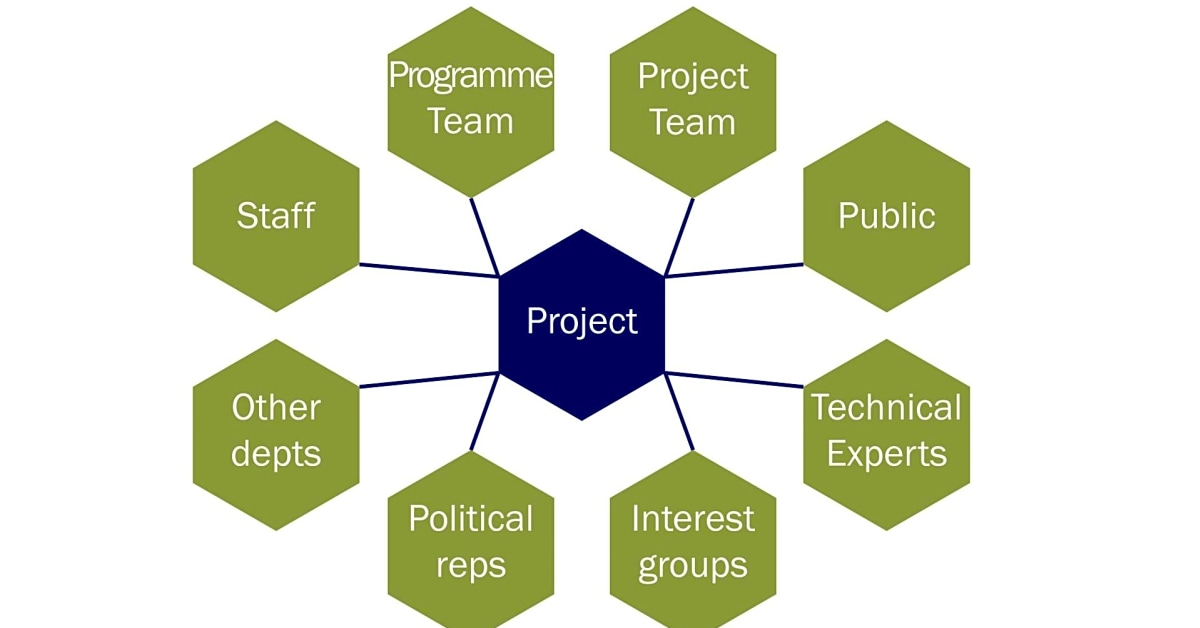Identifying Stakeholders and Their Roles in the Change Process
Change is an inevitable part of any organization, and it is crucial to have a well-planned and executed change management plan in place to ensure a smooth transition. One of the key elements of a successful change management plan is identifying stakeholders and understanding their roles in the change process. Stakeholders play a vital role in the success or failure of any change initiative, as they are the individuals or groups who are directly affected by the change. In this article, we will delve into the importance of identifying stakeholders and their roles in the change process, providing you with valuable insights and practical tips on how to effectively manage stakeholders during times of change. So, if you are looking to improve your change management plan and ensure a successful outcome, keep reading to learn more about identifying stakeholders and their crucial roles in the change process.
To effectively manage change, it is essential to involve all relevant stakeholders. This includes individuals or groups who are directly or indirectly affected by the change, as well as those who have a say in decision-making processes. Some common stakeholders in a change initiative may include employees, customers, shareholders, and community members.
The first step in identifying stakeholders is to create a stakeholder analysis. This involves identifying all potential stakeholders and assessing their level of influence and interest in the change. For example, employees who are directly affected by the change may have a high level of interest and influence, while community members may have a lower level of interest but still hold some influence.
Once stakeholders have been identified, it is important to understand their roles in the change process. This can vary depending on their level of involvement and impact on the initiative. Some common roles that stakeholders may play include:
1. Sponsor: Sponsors are typically high-level executives or leaders who initiate and support the change initiative. They provide resources and serve as advocates for the change.
2. Champion: Champions are individuals who actively promote and support the change within their own teams or departments. They help to generate buy-in and enthusiasm among other stakeholders.
3. Resistor: Resisters are stakeholders who may oppose the change or have concerns about its impact. It is important to address their concerns and involve them in the change process to mitigate any potential roadblocks.
4. Implementer: Implementers are individuals or teams responsible for carrying out the change. They play a crucial role in executing the change and ensuring it is implemented effectively.
5. Facilitator: Facilitators are individuals who help to manage communication and collaboration among stakeholders. They help to identify and address any conflicts or challenges that may arise during the change process.
By understanding the roles of stakeholders, leaders can effectively involve and engage them in the change process. This can help to generate buy-in, address concerns, and ensure successful implementation.
Importance of Stakeholder Involvement
Stakeholder involvement is crucial in change management because it helps to ensure that all voices are heard and considered. By involving stakeholders in the process, leaders can gain valuable insights, identify potential roadblocks, and build support for the change.
Best Practices for Stakeholder Engagement
To ensure effective stakeholder involvement, leaders should follow some best practices such as: involving stakeholders early on in the process, maintaining open communication, addressing concerns and feedback, and recognizing and rewarding stakeholder contributions.
Models and Processes of Change Management
There are various models and processes of change management that leaders can utilize to effectively navigate organizational change. Some common models include Lewin’s Change Management Model, Kotter’s 8-Step Process for Leading Change, and the ADKAR Model. By understanding these different approaches, leaders can select the most appropriate one for their specific change initiative.
Stakeholders play a crucial role in the success of organizational change initiatives. By identifying stakeholders, understanding their roles, and involving them in the process, leaders can ensure effective communication, buy-in, and support for the change. By following best practices and utilizing various models and processes, leaders can effectively navigate and lead change within their organizations.
